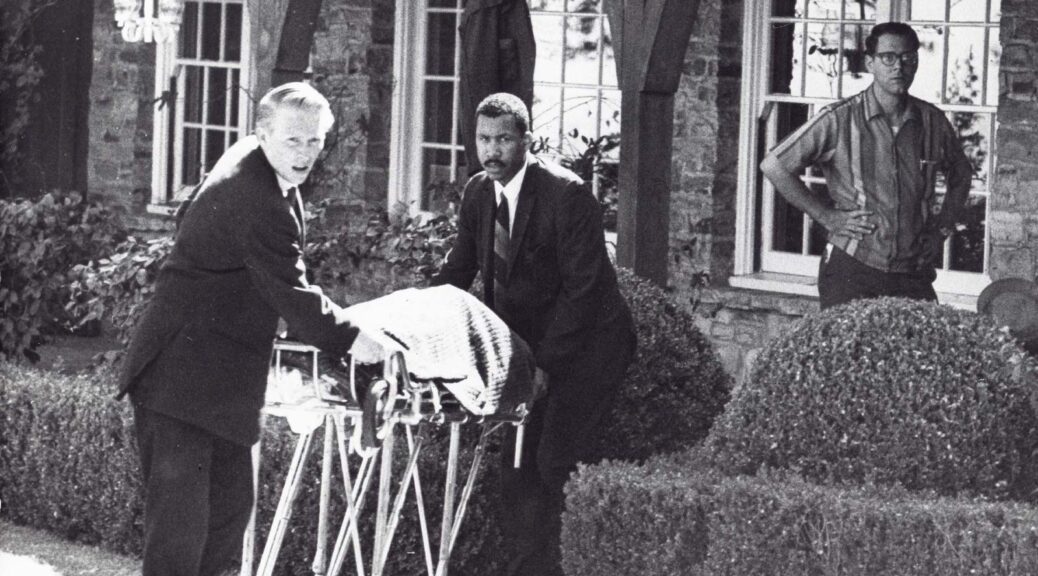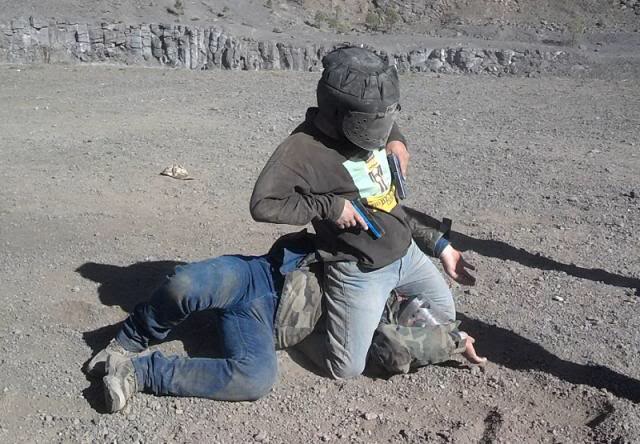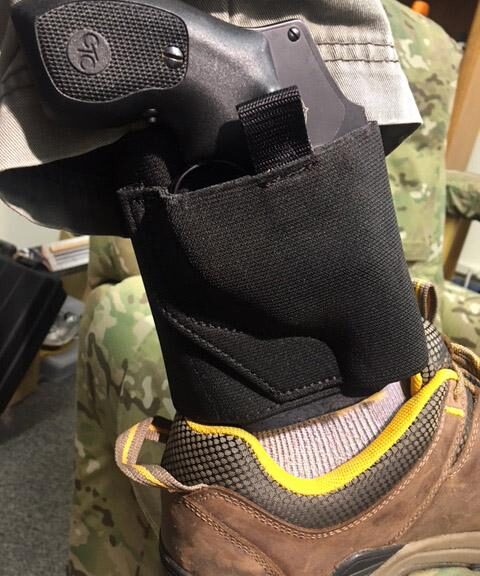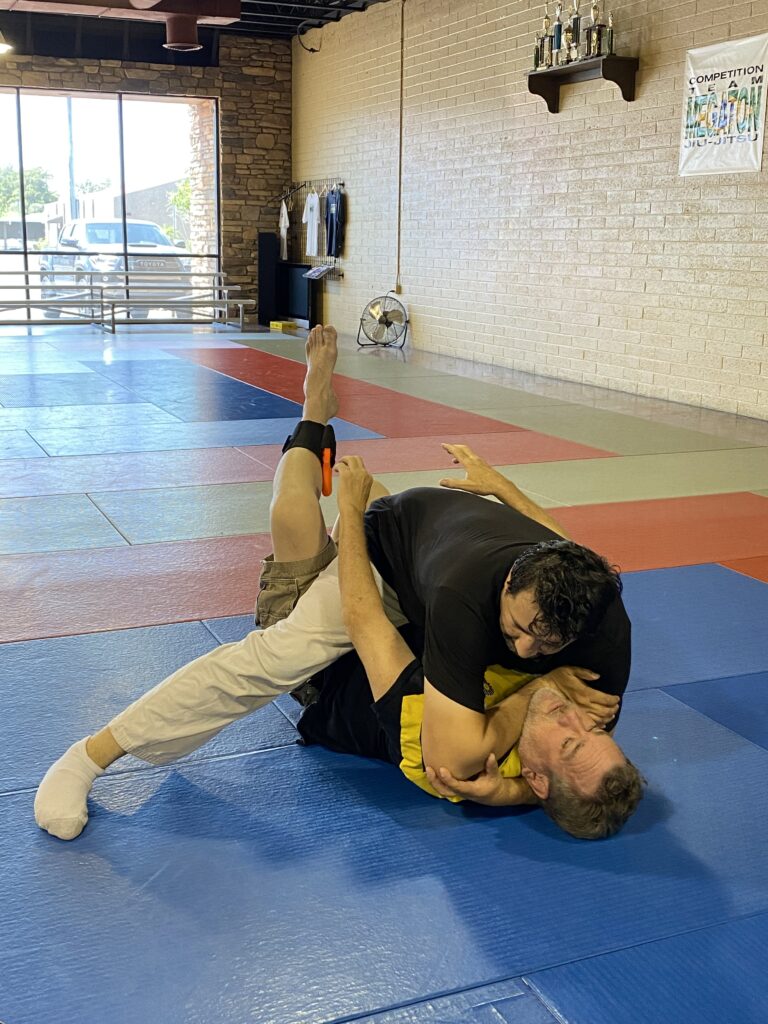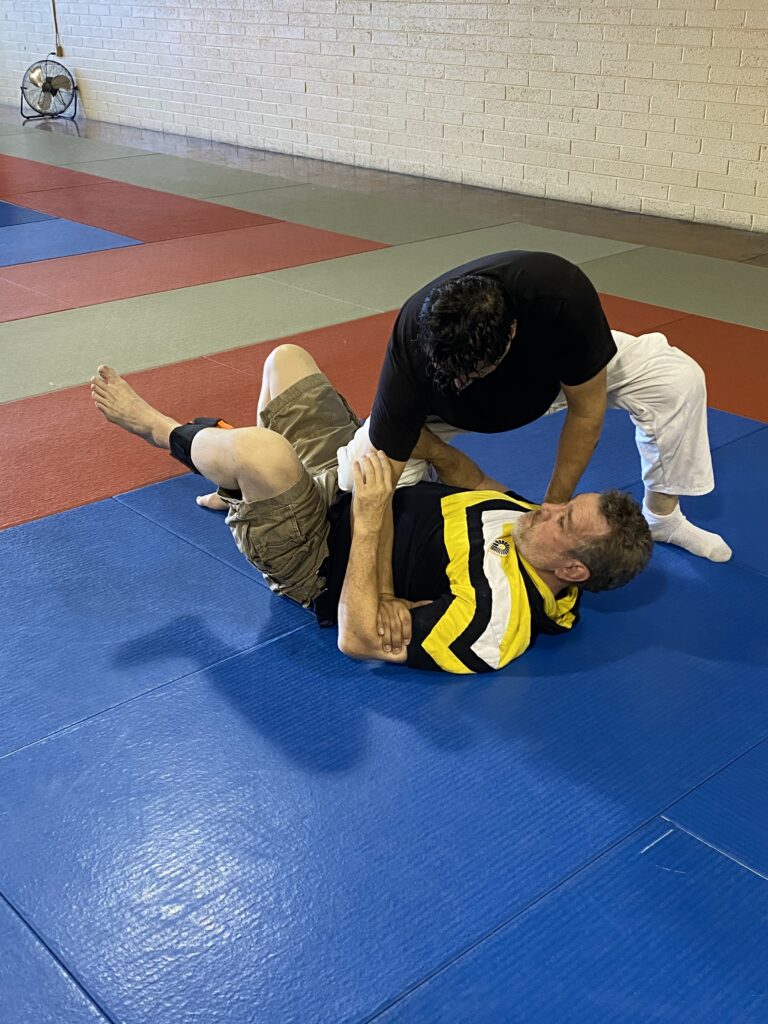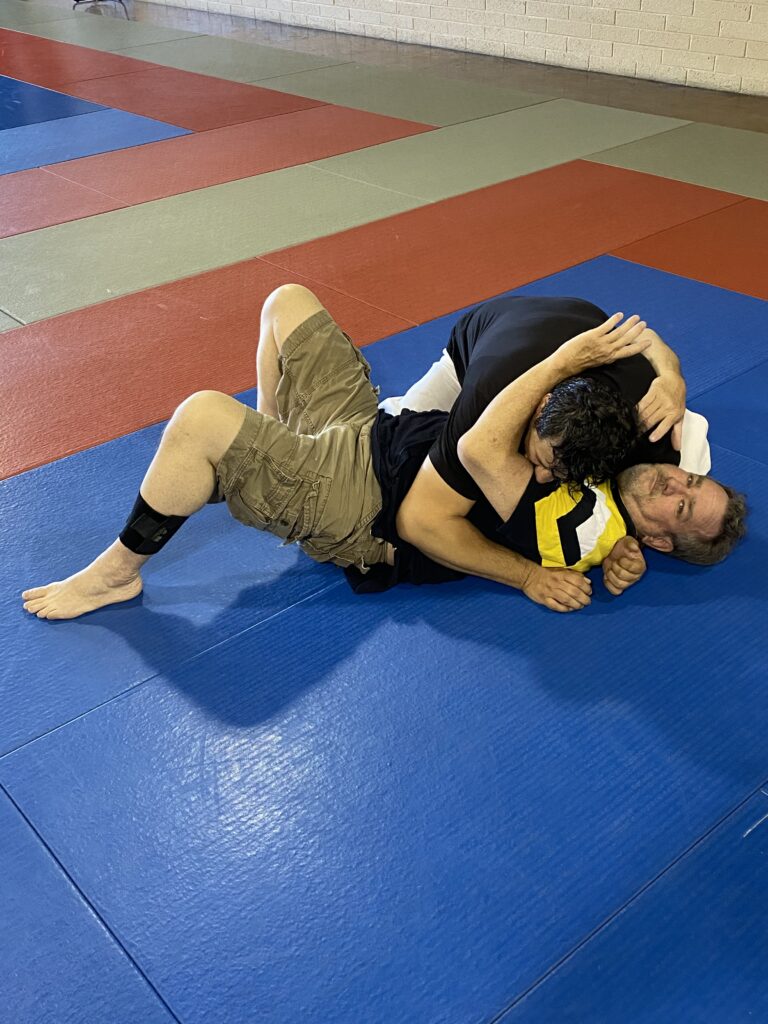I am an avowed history buff.
I always have been, and to this day I continue to spend a great deal of my reading time on History, biography, and nonfiction type works. One of the first higher level books beyond the early reader “see dick run” type books that I read as a small child was a biography of Jim Bowie (I still have that book by the way).
At any given time I’m reading 2-3 books that are either straight history or biography. I think there is so much to learn because the world is cyclical. Everything that has happened in the past, some version of it will happen in the future. New technology and specific context might create slight differences, but more often than not we can see repeat patterns that occur over and over and over and over again because humans tend to remain the same, and tend to act/react the same.
One thing that I’ve decided to do is to write a series of articles and examine specific historical events and situations and see what we can learn from them, specifically as it relates to self preservation in protecting ourselves from outside attacks. They will all be drawn from extremely well known characters from firearms history or popular culture. All will be based on actual documentation and not guesswork.
The first one we’re going to look at is one of the most well-known and most studied murders in U. S. history. Even people who rarely look at such things know of this particular heinous criminal act, if not specific details then at least the general outline. The case I’m going to talk about are the Tate/ LaBianca murders committed by the Manson family.
I’m not going to talk about the entire situation because that is a waste of time. It is such a well-known event and there are literally hundreds of easily accessed books, articles and wiki pages that anyone can look up and find those things for themselves. I’m going to talk about one specific part during the murders because it illustrates 2 key elements that continually get talked about in the self-defense training community. I will first describe the situation and then we can analyze our takeaways.

During the first set of murders (the attack at Roman Polanski’s house), the members of the Manson family that entered the house consisted of Tex Watson, Susan Atkins, Linda Kasabian, and Patricia Krenwinkel. Watson was armed with a handgun and a knife while all of the women were armed was just knives. In the house that they broke into were Sharon Tate who was 8 1/2 months pregnant at the time, Jay Sebring, Abigail Folger, and Wojciech Frykowski. The murderers broke into the house, gathered up all their victims and put them in a large living room and while tying up some of the victims Frykowski broke away and began grappling on the ground with Susan Atkins, fighting over the knife she had. After some extended time of this Frykowski managed to break away and run outside. He managed to made it to the front porch when Watkins caught up with him, bashed him over the head multiple times with the butt of the gun and then after knocking him down, stabbed him on the ground and then finally shot him a couple times.
So what lessons can be learned by this part of the overall horrific murders? Well, it clearly illustrates two important things that directly address some things that get too simplistic a study in the self-defense world.
Firstly, in defiance of continuing overwhelming evidence to the contrary, there some people who keep trying to insist that entangled weapons fighting never happens. However, when we look at what authentically happens, rather than cherry-picking data and looking through a biased personal prism, what we see over and over again through videos, newspaper articles, documented situations, and throughout specific historical events is that entangled weapon fights happen relatively frequently. And if anyone actually stopped to think about the realities of criminal violence (rather than trying to solidify their own preferred narrative), this only makes sense. Take a second ponder this. The criminal has to impose some level of control over you, either physically or through intimidation so they can accomplish their goal of taking from you what they are wanting. Even with the firearm they cannot stand 50 yards away and tell you to drop their wallet. While it can certainly happen that the bad guy will try to inflict harm from further out that does a directed and planned murder rather than a criminal wanting some form of payment. Far more likely, and this is backed up by thousands of actual video is them coming much, much closer. And the likelihood of an entangled weapons fight makes even more sense when you realize that the majority of criminal violent does not involve firearms. That is not my theory but actual documented fact as shown by the Bureau of Justice statistics in a multi-year study. Firearms are only used 41% of the time. That means that almost 60% of the time there are no firearms involved which means a contact weapon of some kind – whether that be a knife, a club, impact weapon, screwdriver, a socket wrench, or empty hands – is used, and by definition a contact weapon has to be used at contact range! So the range at which the majority of criminal violence occurs is exactly the same range where the entangled fight can occur. That is not an arguable point. The real world data shows this as absolute fact.
And this above situation with Tex Watkins and his victim illustrates that clearly and for anyone to see. Most of the attackers were armed with knives and the single gun present was used minimally in order to keep things quiet. So all of the murders were within contact distance of the victims, and if the victim fights back it most likely will be some sort of entanglement whether standing or on the ground. This occurs again and again regardless what people would prefer to believe. Not only are the bad guys more likely to NOT be armed with a firearm, there are a graet deal of times when the good guy cannot be armed with a gun either. Frykowski tried to fight back with the only tools available, his own body, and while he managed to escape the entanglement without harm, it was only due to the ineptitude and physical weakness of Susan Atkins, and while he struggled to succeed without the appropriate skill set, it gave Watkins time to close in and execute the victim.
The other typical self-defense trope that is clearly debunked here is the general advice to “just run away” or “make distance from the bad guy”. From the safety of your home or keyboard, this kind of advice sounds great but it usually runs into headlong into reality. Just running away is awesome if you are physically capable of moving at a speed greater than that of the attacker. But how often is that going to actually happen? Does the weak and physically inferior bad guy target the physically superior athlete as a victim, or does he specifically go after the weaker and frailer victim? In this case Frykowski did try to escape and run away but was easily caught and killed. He tried to follow the advice but Watkins moved faster and it failed him miserably and he paid the cost with his life.

Perhaps if he had some grappling skill he could have gotten the knife away from Atkins and used that to fight back more effectively, and maybe that would have bought him the time to actually make good on his attempted escape. We will never, but we do know these things did happen and reality did not match what some subject matter experts espouse.
Why do I harp on these two aspects? Because when we give black and white contextually inappropriate advice in life or death situations, we might get people killed. IF we say the entangled weapons fight does not happen, or that all you have to do is make distance and run away, we can get good people killed. If you do not understand or care that that is the case, morally and ethically you should not give advice. We have a responsibility to others if we are going to comment publicly on self defense issues. Think accordingly, and then speak only after that.

